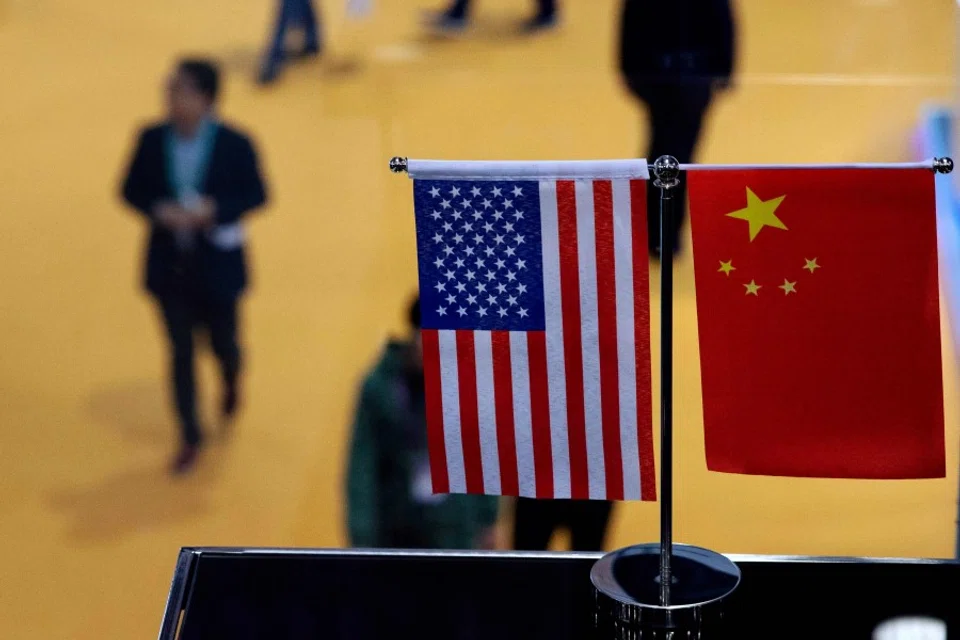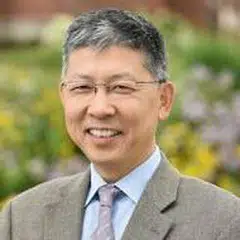A one-sided relationship: China-US education exchange

US-China relations have entered the most tense and difficult stage since President Richard Nixon's visit to China in 1972. In addition to the trade wars, bilateral relations have deteriorated across the board. In the Taiwan Strait, the South China Sea, the Korean Peninsula, Xinjiang and Tibet, not to mention the recent Hong Kong protests, there are many potential breaking points in the continuing decline of the bilateral relationship. Due to structural contradictions and differing national interests, it is impossible to alleviate these conflicts in the short term.
Tensions in US-China relations have a negative impact on bilateral educational and cultural exchange as well. It is reasonable to ask whether recent cases in the United States, including the return of nine Chinese students from Arizona State University to China upon arriving in Los Angeles and the rude treatment of two Chinese passengers by an Alaska Airlines employee at the Newark Airport, were individual incidents or symptoms of America's hostility towards Chinese students in the US or even Chinese people as a whole. Are there fundamental changes in America's policy towards Chinese students and scholars? Has the environment of studying and working in the US deteriorated for Chinese students and scholars? How can US-China cultural and educational exchanges contribute to the improvement of bilateral relations, given the current circumstances? These issues are worthy of further exploration.
According to a study made by NAFSA, the Association of International Educators, international students contributed $39 billion to the American economy and created more than 455,000 jobs in the 2017/18 academic year alone.
According to data released annually by the Institute of International Education, a non-governmental organisation in the United States, the number of Chinese students studying in the United States has continued to grow over the past decade. In the early 2000s, the number of students from India surpassed that of Chinese students, but in 2008 students from China exceeded Indian students again and constituted the largest international student group in the United States. The latest data, from the 2017/18 academic year, indicate that there were 363,341 students from China, an increase of 3.6% over the previous year. Though the growth rate has slowed, the proportion of Chinese students in the total number of international students in the US has steadily increased annually, reaching 33.2% now. Ten years ago, in the 2008/09 academic year, Chinese students accounted for merely 14.6% of the total number of international students in the US. Data for the 2018/19 academic year are not available yet, but the total number of Chinese students is expected to increase. My own university, an expensive private liberal arts college, serves as an example. In this academic year, for the first time, the number of Chinese students made up more than half the total number of international students.
Many American state universities, community colleges, and even private high schools are warmly welcoming full-time foreign students, in hopes of increasing school revenues. According to a study made by NAFSA, the Association of International Educators, international students contributed $39 billion to the American economy and created more than 455,000 jobs in the 2017/18 academic year alone. In a speech at the end of July this year, Marie Royce, Assistant Secretary of State for Educational and Cultural Affairs, reiterated that the United States continues to welcome Chinese students. She hopes that the American educational community will provide a good environment for Chinese students to study and live in the United States. Her speech may also reflect the Trump administration's wish to dilute the adverse impact of FBI Director Christopher Wray's sensational but unfounded accusations against Chinese students and scholars earlier.

Overall, the number of Chinese students studying in the United States has continued to grow in the past several years, and American universities continue to welcome Chinese students. Evidence does not suggest that US Customs and Border Protection pays special attention to Chinese students when they enter the country. In recent years Chinese students have tended to study abroad at a younger age and have diversified their destinations for study, but there is no doubt that the United States remains the top choice for most students and their families.
Americans have traditionally maintained a Euro-centric mindset. Times have changed, though. The development of the Asia-Pacific and China is profound enough to shape the future of the world, which many Americans seem to fail to recognise.
Since there are a large number of Chinese students studying in the United States, occasionally problems of various sorts may occur, which should not be alarming. The real problem in US-China cultural and educational exchanges is that the number of American college students studying in China has declined, and the exchanges between the two countries are extremely unbalanced. About 10% of college students in the United States go overseas to study for credit during their four years at college. Data over the past ten years show that the top four destinations for American students have been the UK, Italy, Spain, and France. China ranks fifth, with even fewer American students studying in other countries and regions in Asia.
Though China ranks among the top five destinations for American students' overseas studies, the number of American students studying in the UK is more than three times the number of those studying in China, and those studying in Italy or Spain are more than twice as many as those in China. The number of American students who study in China for credit has never exceeded 15,000 a year, and it has actually declined since the 2011/12 academic year. At present, there are only about 12,000 American students at Chinese universities. This is puzzling, given that even average Americans believe that China is becoming increasingly important in today's world. Due to historical and cultural ties between the United States and European countries, Americans have traditionally maintained a Euro-centric mindset. Times have changed, though. The development of the Asia-Pacific and China is profound enough to shape the future of the world, which many Americans seem to fail to recognise. With overseas study being a turning point in one's life, which has a great impact on one's personal growth and future development, the vast majority of American students seem content with the status quo, remaining reluctant to challenge themselves. Instead, they choose to study and travel in Europe, a "comfort zone" compared to other parts of the world.
If America's future leaders mainly go to Europe to study and their knowledge of China remains limited, how will they make sound judgements about China in the future? What kind of policies will they formulate?
Few primary and secondary schools in the United States offer Chinese language teaching, and those that do are mainly located on the west coast and in the northeastern states. Over the years, Confucius Institutes and classrooms across the United States have provided many students with opportunities to learn Chinese language and culture. But in recent years, Confucius Institutes have encountered barriers and even been stigmatised in the US and other countries. Some conservative members of US Congress have pressured their state schools to terminate their contracts with China's National Office for Teaching Chinese as a Foreign Language Courses and partner schools, closing many Confucius Institutes. For example, with a strong push from Senator Marko Rubio, the Confucius Institute at Miami Dade College, the last one in Florida, will be closed at the end of this year. It is regrettable that American students' chances of learning Chinese have been reduced because of ideological differences and the intensification of US-China competition.

If America's future leaders mainly go to Europe to study and their knowledge of China remains limited, how will they make sound judgements about China in the future? What kind of policies will they formulate? The lack of mutual understanding and unbalanced exchanges between the young people of both sides are potential problems in the future of US-China relations. Finding ways to encourage more young Americans to study in China and understand contemporary Chinese society more comprehensively is an issue which the educational communities and governments on both sides should give close attention to. Chinese students in the United States should likewise step out of their own bubbles, make more American friends, and understand the American society holistically and accurately.
